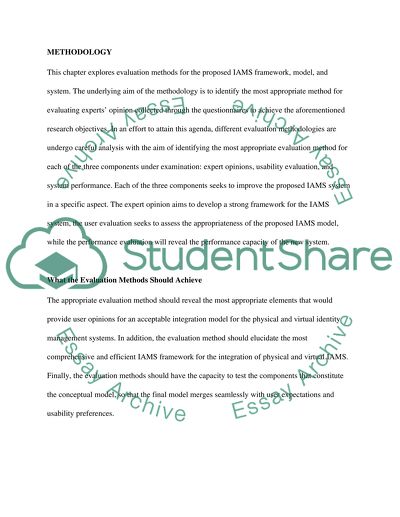Cite this document
(“Evaluation methods for the proposed IAMS framework, model, and system Thesis”, n.d.)
Retrieved from https://studentshare.org/statistics/1396390-evaluation-methods-for-the-proposed-iams-framework-model-and-system
Retrieved from https://studentshare.org/statistics/1396390-evaluation-methods-for-the-proposed-iams-framework-model-and-system
(Evaluation Methods for the Proposed IAMS Framework, Model, and System Thesis)
https://studentshare.org/statistics/1396390-evaluation-methods-for-the-proposed-iams-framework-model-and-system.
https://studentshare.org/statistics/1396390-evaluation-methods-for-the-proposed-iams-framework-model-and-system.
“Evaluation Methods for the Proposed IAMS Framework, Model, and System Thesis”, n.d. https://studentshare.org/statistics/1396390-evaluation-methods-for-the-proposed-iams-framework-model-and-system.


